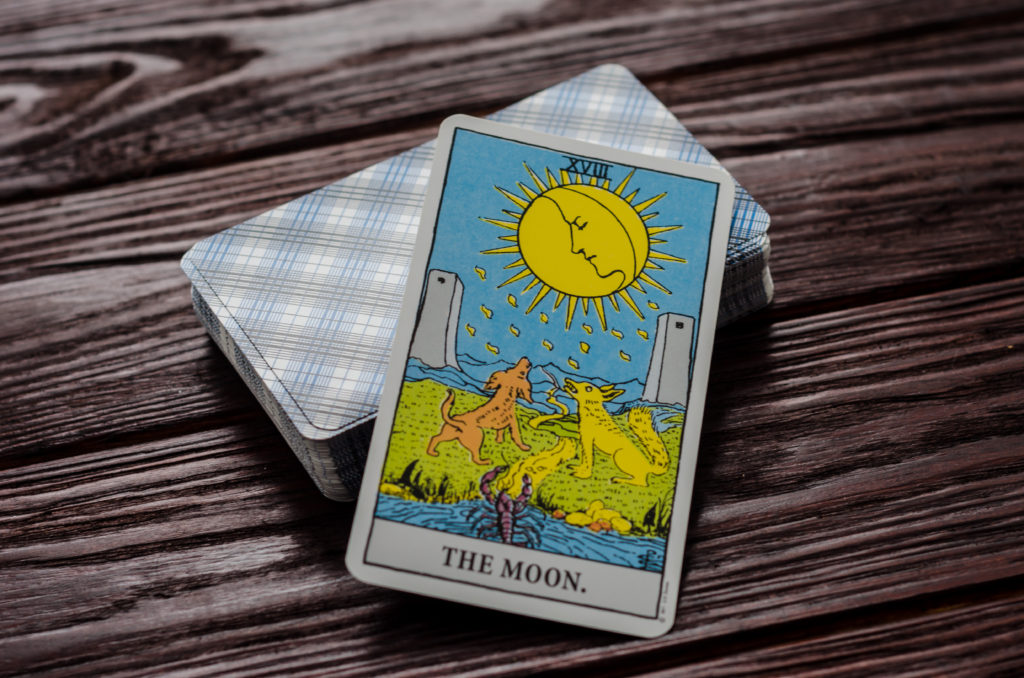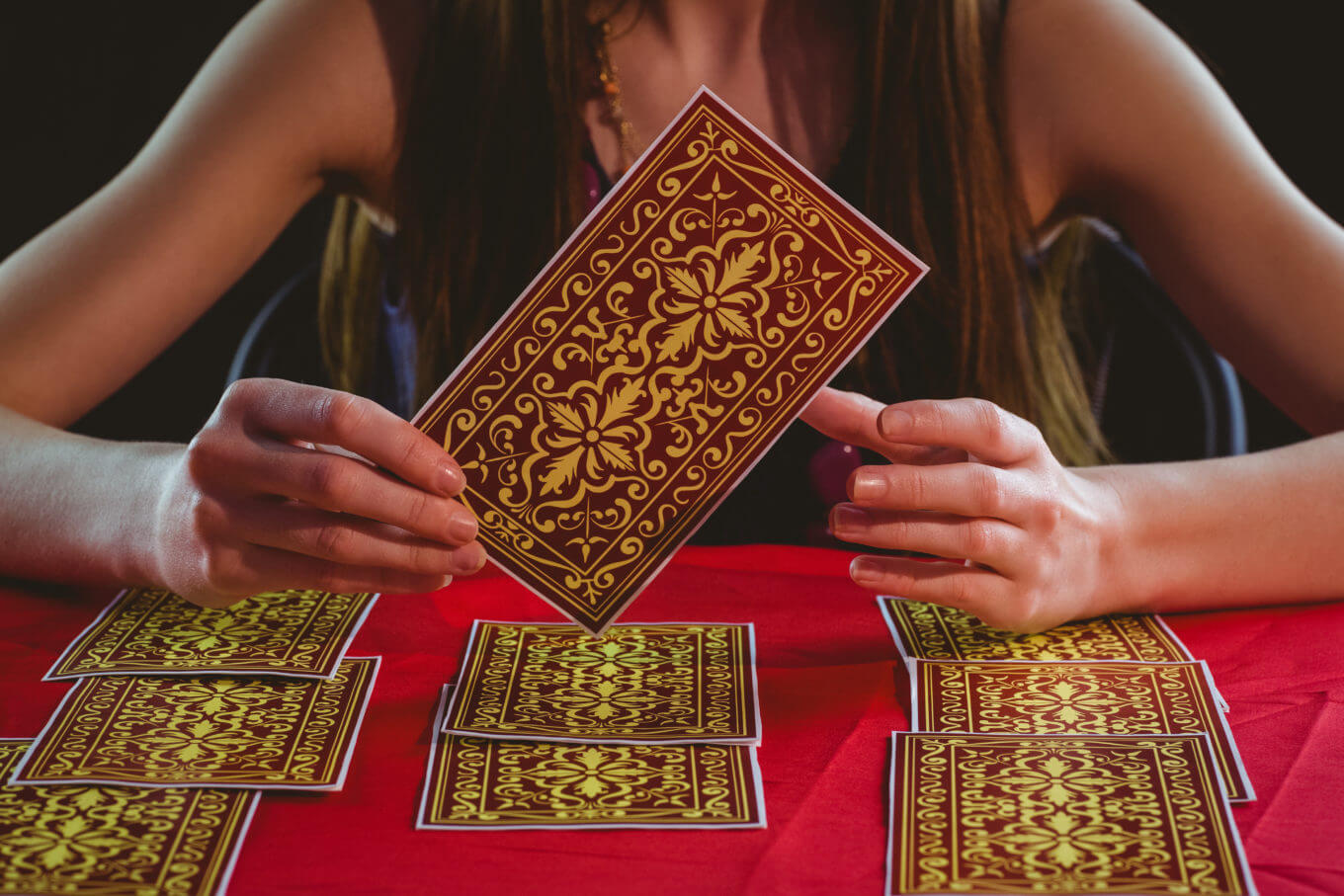Beginner’s guide to tarot cards is an oversimplicity, as it takes a lifetime to learn to read tarot cards and you will forever be discovering new meanings. There has been a resurgence of interest in all things witchy in recent years, including tarot cards.
For some, tarot is a useful party trick, a method to assist a friend in making connections they might not have made otherwise. Others regard the tarot as sacred, a valuable instrument for guiding one’s life.
Despite the fact that tarot cards have taken on a mystical meaning in popular culture, they were originally meant as a parlor game. Since at least the mid-fifteenth century, the cards have been in use, with the oldest reported decks coming from various parts of Italy.
The tarot was not employed for divinatory (or occult) purposes until the 18th century – In the 1780s, Antoine Court and Jean-Baptiste Alliette are credited with popularizing tarot “readings” in Paris.
Between those who believe tarot cards are a joke and those who believe they are real magic, a large group of people finds them enlightening and entertaining, if not necessarily supernatural. Tarot reading (for oneself and others) can be an illuminating way to pass the time, whether it becomes a pastime or a full-time career.
What do I need to be able to read tarot cards?
You’ll need a tarot deck to begin. The Rider-Waite deck, illustrated by Pamela Colman Smith and issued in 1910, is the most popular and well-known. These cards are noted for their basic imagery, color scheme (which includes a lot of yellows, sky blue, and gray), and symbolism. Many people recommend the Rider-Waite deck for novices since the cards’ meanings are often apparent — and when they aren’t, there are plenty of interpretation guides available in books and online.
Many decks, notably the Rider-Waite, include a small piece of paper that defines each of the card’s most prevalent interpretations.
Despite being the most well-known deck, the Rider-Waite is far from the sole option for a beginner reader.

The Wild Unknown deck is very lovely, but — fair warning — it’s a little less straightforward for newbies. The Morgan Greer deck is comparable to the Rider-Waite deck, but the faces are larger and bolder, and the colors are more vibrant and varied. Some decks have been modernized and diversified, as well as decks around Game of Thrones. What matters most is that you choose a deck with artwork that appeals to you and symbolism that you can decipher. Because you will be the one utilizing them, they must reflect your personality and style.
What do the many sorts of tarot cards mean?
Though their designs vary significantly, all tarot decks are similar in a few aspects. Each deck has 78 cards, which are which are classified into two categories: major arcana and minor arcana The major arcana are the 22 trump cards in the deck, and when they are drawn during a reading, they usually pertain to more significant influences and discoveries. These cards lack suits and instead reflect key life events and/or figures in a person’s life.
Minor Arcana, on the other hand, refers to more mundane issues and consequences. Wands, swords, pentacles, and cups are the four suits of these 56 cards. (Occasionally, tarot decks will use different words for pentacles, such as “coins,” although these are direct substitutions for the four original categories.) Each suit symbolizes a distinct aspect of life. Wands typically represent creativity and passion, swords represent intellect, pentacles represent work and money, and cups represent emotion.
There are more classifications here as well; each suit is also associated with an astrological sign, such as:
- wands = fire,
- swords = air,
- pentacles = Earth,
- cups = water.
These meanings can come into play when the cards symbolize people and their zodiac signs, but since we’re just getting started, the meanings you’ll most typically draw upon are the function definitions. A three-card spread with three pentacle cards, for example, strongly denotes a financial problem. (I’ll explain the various types of spreads in a bit.)
How do I get the deck ready?
Much depends on the deck’s owner and what feels right to them, but a few methods are common to most tarot readings. If you’re reading cards for someone else, ask them to offer you a question or prompt about what they’re wondering about, and keep that question in mind as you shuffle the deck-this is known as “cleaning” the deck from previous questions and readings. (An example may be, “When will I discover love?” “Am I on the right track professionally?” “How do I get over my writer’s block?”)
You may then ask the person you’re reading for (sometimes known as “the querent”) to cut the deck, focusing on their query once more. We appreciate this variant because it helps the querent feel linked to the deck, but some readers will cut the deck for them. In any case, you’ll then draw as many cards as you need for your spread, laying them between you and the other querent — or just in front of you if reading for yourself.
How can I read the cards?
If you’ve ever wondered what a “three-card spread” is, this is the section for you. There are numerous ways to read tarot cards, and the instructions that come with your cards will frequently include images of the most famous spreads. These include the basic three-card spread, the Celtic cross, and a seven-day spread, but you’ll quickly realize that there’s a spread for any occasion, and you can always build your own.
A three-card spread requires the reader to draw three cards from a deck that has been shuffled and split by the querent (more on that in a moment). Typically, the first called pulled represents the past, the second the present, and the third the future. The interpretation of such dates is dependent on the reading and the question being posed – “future” could be tomorrow or ten years from now.
A daily card reading is another typical application for tarot cards, in which a single card is drawn from the top of a shuffled deck and used as a reminder or guidance for the day ahead. This can be a very beneficial activity for anyone who wants to become acquainted with the tarot deck and its meanings.
But what exactly does this mean?
It’s vital to evaluate each card’s unique significance, but it’s also necessary to consider the spread’s overall tone and symbolism. The whole picture contains just as much information as the individual elements, especially in larger spreads. If you’re reading for someone else, take advantage of the opportunity to collaborate with them — the more pressure you feel inside to mind-read, the more difficult this will be. Reading tarot does not make you clairvoyant, which should come as a relief. It is OK to ask the topic questions about the cards and to discuss ways in which the cards may pertain to their initial query. Sometimes the cards don’t correspond at all — for example, the querent asks for money, but you pull two cups and “the lovers.” This could imply that what they actually wanted to talk to you about was their love life.
(I mean, who doesn’t?)
There are numerous methods for reading the tarot, but all of them require practice. Learning 78 different cards takes time, especially because many of them have several meanings. However, the more you read and touch the cards, the more familiar they will become, making it easier to utilize them as a tool to better understand yourself and others.
